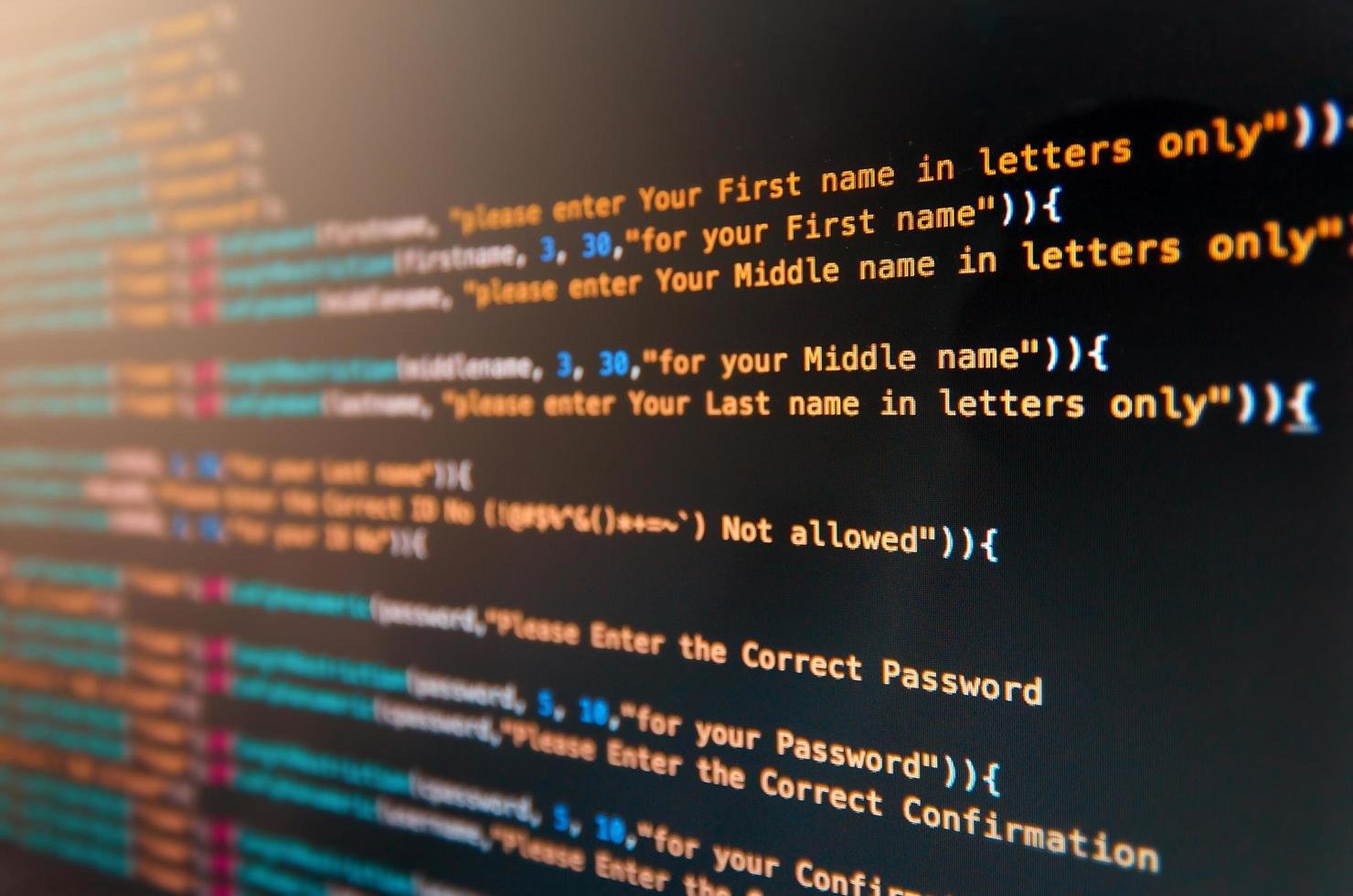Welcome to the exciting journey of learning Java programming! In our previous article, we explored the overall basics of Java. Now, let’s dive into the heart of Java programming – understanding its syntax.
Introduction to Java Syntax:
Java, being a high-level programming language, comes with a clean and readable syntax. Here are some key elements to grasp as you start your Java journey:
1. Statements:
Java programs are built using statements. Each statement represents a single action and ends with a semicolon (;). For example:
csharpCopy code
System.out.println(“Hello, Java!”);
This simple line of code prints “Hello, Java!” to the console. The semicolon indicates the end of the statement.
2. Comments:
Comments are essential for code readability. In Java, you can use single-line comments with // and multi-line comments between /* and */. For instance:
arduinoCopy code
// This is a single-line comment /* This is a multi-line comment spanning multiple lines */
3. Variables:
In Java, you use variables to store data. Declare a variable using a data type, a name, and an optional initial value:
arduinoCopy code
int age = 25;
Here, int is the data type, age is the variable name, and 25 is the initial value.
4. Data Types:
Java supports various data types, including int for integers, double for floating-point numbers, boolean for true/false values, and more. Choose the appropriate data type based on your variable’s nature.
arduinoCopy code
double price = 19.99; boolean isJavaFun = true;
5. Keywords:
Java has reserved words known as keywords that have predefined meanings. Examples include class, public, static, and void. These words are off-limits for naming variables or classes.
kotlinCopy code
public class MyClass { // … }
Now that we’ve scratched the surface of Java syntax basics, you’re equipped to write your first Java program.
Next up: Data Types and Variables in Java – where we’ll delve deeper into the various data types and how to manipulate variables.
Stay curious, and happy coding!

